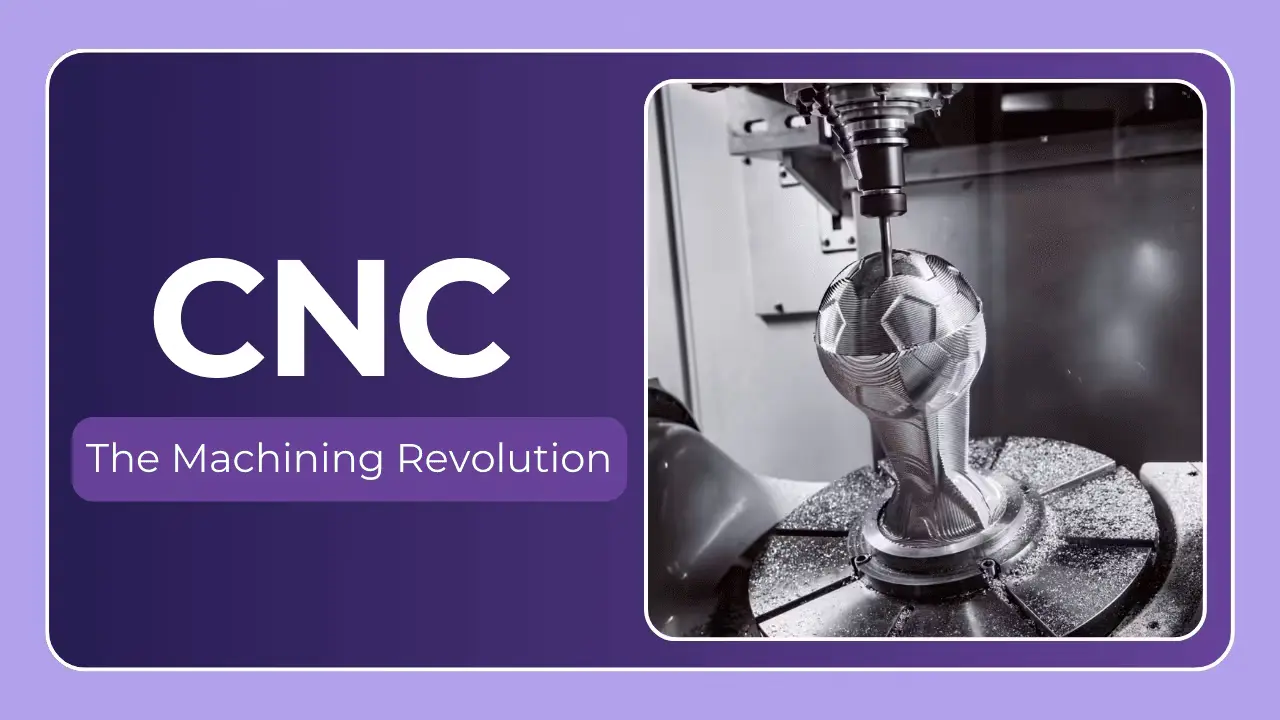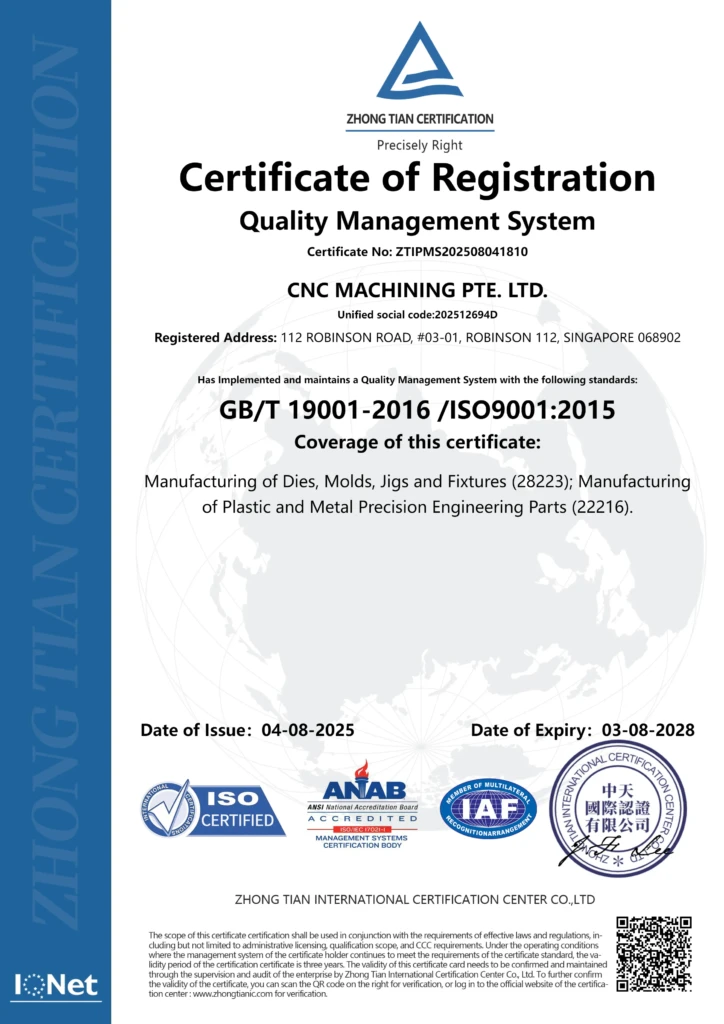A Comprehensive Guide to Aluminum CNC Machining
Aluminum. It’s lightweight, strong, corrosion-resistant, and highly machinable. It’s no wonder it’s the go-to material for a vast range of industries, from aerospace and automotive to electronics and medical devices. But getting the most out of aluminum requires understanding the intricacies of its CNC machining. This guide delves deep into the world of aluminum CNC machining, covering everything from material selection to best practices, tooling, and finishing techniques. We’ll break down the core concepts and provide practical insights to help you optimize your projects.
Why Choose Aluminum for CNC Machining?
Before diving into the “how,” let’s quickly reiterate the “why.” Aluminum’s popularity in CNC machining stems from several key advantages:
- High Strength-to-Weight Ratio: Crucial for applications where minimizing weight without compromising structural integrity is paramount.
- Corrosion Resistance: Naturally forms a protective oxide layer, making it suitable for outdoor or harsh environments.
- Excellent Machinability: Compared to many other metals, aluminum cuts cleanly and efficiently, reducing tooling wear and cycle times.
- Thermal Conductivity: Important for heat dissipation applications, like heatsinks.
- Versatility: Available in numerous alloys, each with distinct properties tailored to specific applications.
- Recyclability: A sustainable choice with a high recycle rate.
Understanding Aluminum Alloys – Picking the Right One
Not all aluminum is created equal. Different alloys offer varying strengths, ductility, weldability, and machinability. Selecting the right alloy is the first critical step in a successful machining project. Here’s a breakdown of commonly used alloys:
| Alloy | Key Characteristics | Typical Applications | Machinability (scale 1-10, 10 being best) |
|---|---|---|---|
| 6061 | Versatile, good corrosion resistance, weldable | Aircraft structures, automotive parts, bike frames | 7 |
| 6063 | Excellent extrusion properties, bright finish | Architectural extrusions, railings, lighting | 8 |
| 7075 | High strength, low density | Aircraft fittings, high-stress parts | 6 |
| 5052 | Excellent weldability, good corrosion resistance | Marine applications, fuel tanks, sheet metal work | 9 |
| 3003 | Good workability, moderate strength | Cooking utensils, chemical equipment | 10 |
Machinability Considerations: Alloys like 6061 and 5052 generally machine well. 7075, while strong, can be more abrasive and require more robust tooling. Always consult a material datasheet for specific recommendations.
CNC Machining Processes for Aluminum
Aluminum lends itself well to all common CNC machining processes:
- Milling: The most common process, using rotating cutters to remove material. Suitable for creating complex geometries. Techniques include face milling, end milling, and pocketing.
- Turning: Rotates the workpiece against a cutting tool. Ideal for cylindrical parts.
- Drilling: Creates holes with high precision. Deep hole drilling requires specialized tooling.
- Tapping: Creates internal threads. Proper tap selection and cutting fluids are crucial to prevent thread damage.
- Reaming: Accurately sizes and finishes existing holes.
- 5-Axis Machining: (As offered by CNC MACHINING PTE. LTD) Allows for machining complex shapes and undercuts in a single setup, improving accuracy and reducing cycle times.
Tooling for Aluminum CNC Machining: Optimizing Cuts
Selecting the correct tooling is essential for efficient and high-quality aluminum machining.
- Cutting Tools: High-speed steel (HSS) tools can be used for some aluminum alloys, but carbide tools are generally preferred due to their superior hardness, wear resistance, and ability to maintain cutting edges at higher speeds. Diamond coated tools can be used for extremely abrasive alloys.
- Geometry: Polished flutes and sharp cutting edges are crucial for aluminum, which tends to "gum up" tools. High helix angles (45-60°) help with chip evacuation and reduce cutting forces.
- Coatings: Coatings like ZrN (Zirconium Nitride) or TiAlN (Titanium Aluminum Nitride) can reduce friction and improve tool life.
- Insert Selection: Consider the radius of the insert. Larger radii can improve surface finish but may limit access to tight corners.
- Tool Holders: Precision tool holders are critical for maintaining concentricity and minimizing runout, especially at high speeds.
Cutting Parameters: Finding the Sweet Spot
Optimal cutting parameters are crucial for achieving good surface finish, dimensional accuracy, and tool life. These parameters will depend on the alloy, material hardness, machine rigidity, and tooling:
| Parameter | Typical Range for Aluminum 6061 | Notes |
|---|---|---|
| Spindle Speed (RPM) | 3,000 – 10,000+ | Higher speeds generally yield better surface finish. |
| Feed Rate (ipm) | 20 – 200+ | Adjust based on material, tool diameter, and depth of cut. |
| Depth of Cut (in) | 0.005 – 0.1 | Smaller depths of cut generally produce a better finish. |
| Coolant | Yes, Emulsified/Synthetic | Essential for lubrication, chip evacuation, and temperature management. |
The Importance of Coolant
Proper coolant application is non-negotiable when machining aluminum.
- Lubrication: Reduces friction between the tool and the workpiece, preventing built-up edge and improving surface finish.
- Chip Evacuation: Flushes chips away from the cutting zone, preventing re-cutting and tool damage.
- Temperature Control: Dissipates heat generated during machining, preventing thermal expansion and maintaining dimensional accuracy.
- Corrosion Inhibition: Protects newly machined surfaces from corrosion.
Common Challenges in Aluminum CNC Machining and Solutions
- Chip Buildup: Aluminum’s ductile nature can lead to chip buildup on the tool and workpiece. Solution: Use high-helix angle tools, adequate coolant flow, and potentially air blast assistance.
- Galling: Aluminum can adhere to tool surfaces, causing galling. Solution: Use coated tools, proper lubrication with coolant, and avoid excessive cutting speeds.
- Dimensional Accuracy: Thermal expansion can affect dimensional accuracy. Solution: Maintain consistent temperature control, use coolant effectively, and allow parts to stabilize at room temperature before final inspection.
- Material Hardness variation: Aluminum alloys can vary in hardness even within a single component. Solution: Adjust cutting parameters accordingly throughout the machining process.
Post-Processing & Finishing
After machining, aluminum parts often require post-processing to achieve the desired surface finish and functionality. Common options include:
- Deburring: Removing sharp edges and burrs.
- Anodizing: Enhances corrosion resistance and allows for colorization.
- Powder Coating: Provides a durable, decorative finish.
- Polishing: Creates a high-gloss, reflective surface.
- Sandblasting: Abrasive blasting to create a textured finish.
- Media Blasting: Similar to sandblasting, but uses different media for varying textures.
Conclusion
Aluminum CNC machining is a powerful and versatile process, but success hinges on a thorough understanding of materials, tooling, cutting parameters, and post-processing techniques. From choosing the optimal alloy for your application to enforcing proper coolant strategies, meticulous attention to detail is paramount.
At CNC MACHINING PTE. LTD, we leverage our state-of-the-art five-axis CNC machining equipment and expertise to deliver high-precision aluminum parts, tailored to your specific needs. We don’t just machine metal; we solve manufacturing challenges, offering comprehensive one-stop solutions, from prototyping to full-scale production, including post-processing and finishing. Customize your precision parts today at the best price! Don’t hesitate to contact us to discuss your aluminum machining project – let’s turn your designs into reality.




